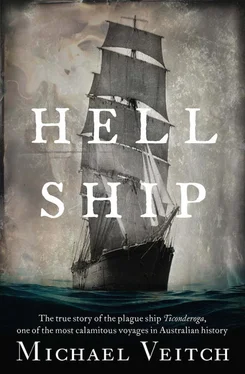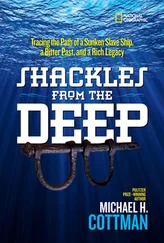The ship, especially the lower part was in a most filthy state, and did not appear to have been cleaned for weeks, the stench was overpowering, the lockers so thoughtlessly provided for the Immigrants use were full of dirt, mouldy bread, and suet full of maggots, beneath the bottom boards of nearly every berth upon the lower deck were discovered soup and bouille cans and other receptacles full of putrid ordure, and porter bottles etc, filled with stale urine, while maggots were seen crawling underneath the berths… The great mortality seems to have been occasioned by the crowded state of her decks and want of proper ventilation, particularly through the lower deck; this caused debility and sickness among her passengers to such an extent that a sufficient number could not be found to keep them clean; dirt and filth of the most loathsome description accumulated, tainting the atmosphere and affecting everyone who came within its influence, as with a poison.
Governor La Trobe was also kept busy expending a good deal of ink over the matter in the first few months of 1853, but eventually chose, like any good politician, to deflect much of the blame onto the victims themselves, concluding in a dispatch to his boss, Sir John Pakington, that:
Looking to its general structure, and capacity, no vessel (i.e. Ticonderoga ) could have been better suited to the purpose and there can be no doubt that under circumstances securing the unbroken maintenance of order, cleanliness, and general discipline, a yet larger number of persons might have been conveyed in safety to the Colony. In the case of troops there would have been no difficulty whatever, but with an unorganised body of emigrants of the classes selected for the Ticonderoga , little surprise can be felt that nor ordinary exertion and abilities could suffice to introduce at one system and order and overcome that repugnance to cleanliness and fresh air which distinguishes certain classes of the labouring populations of Europe; and dirt and disease having once taken hold of the vessel, no efforts of the officers in charge would be effective in stemming its progress. [2] Letter from Governor La Trobe to Sir John Pakington, 26 January 1853, Victorian Public Records Office, VPRS 1084
* * * *
Dr James William Henry Veitch, my great-great-grandfather, never stepped foot on a ship again—and certainly never returned to the sea. Following the example of his superior, Dr Sanger, he too applied for an increase in his remuneration for the extra duties he had undertaken when Sanger became ill, as well as the extra time he had spent working at the quarantine station, both at the camp and on board the Lysander . His efforts were unsuccessful. It was pointed out that, according to the letter of his contract, his payment would be due only upon completion of the voyage, and while the ship was still in quarantine, it was deemed that the voyage had yet to be completed. The matter went all the way to La Trobe, who—as usual—deferred the decision to another official, who refused it a second time, and there the matter rested. He was, however, offered a certificate enabling him to claim his passage money back to England. He never used it.
Having hailed from a long line of respected marine and naval surgeons, James Veitch halted the tradition there and then, choosing instead to head inland from Queen’s Wharf to join the countless others trying their luck on the goldfields around Eaglehawk near Bendigo. In this, not surprisingly, he was wholly unsuccessful. The family believes he then alternated between practising as a country doctor, then a farmer and a storekeeper, before in 1874 successfully applying for the position of District Health Officer for the Shire of Strathfieldsaye in Central Victoria. His letter putting himself forward for the position is the only known example of his handwriting. In it, he briefly states his qualifications from the London Society of Apothecaries as well as his membership of the Victorian Medical Board. No mention is made of either the Ticonderoga or his time on her at sea or in quarantine.
Eventually, James William Henry Veitch became a long-standing member of his local council, where among his achievements was the establishment of a number of schools in his local area, including one near his own modest property near the tiny settlement of Mandurang. After nearly two decades of service, he offered his resignation, which according to the newspaper article reporting the news, was only most reluctantly accepted by his fellow councillors, who gave him a rousing send-off with many speeches and deposited in his hand a purse full of gold sovereigns. Again, despite a handsome summary of his life and career, the article fails to mention the Ticonderoga , or the part he played in her story.
In his 1892 obituary in the Bendigo Evening News , Veitch’s ‘portly form and kindly face’ are remembered, as is his early life in England and his work for many steadfast years in the local shire. Once more, although he is described as a surgeon, no mention is made of the Ticonderoga or the disaster of 40 years earlier.
* * * *
James did not leave for central Victoria alone. After departing the ship for the last time, he had a particularly important matter to attend to: marrying the woman with the dark eyes and the soft Highland accent who had travelled all the way from far-away Tobermory on the Isle of Mull in Scotland’s Western Isles. Annie Morrison, having supported the desperate doctor in the darkest hours of the Ticonderoga ’s journey, answering the call to assist the sick when few others were prepared to do so, now became Anne Veitch.
They were married at the Presbyterian church of St Peter’s Eastern Hill in January 1853, the marriage certificate witnessed by a John and Alexandrina McLean of Merri Creek. They lived as respected members of their local community until Anne passed away in 1892 at the age of 64. Just eight months later, James William Henry himself followed her to the grave.
James and Anne bore no less than eight children. Their youngest, Henry, lived to the age of 92 and died the year I was born, 1962, having met—albeit briefly—my own father, John. Knowing this somehow seems to shrink the years, making the story of the Hell Ship and her voyage seem not that very long ago at all.

Dr James William Henry Veitch and his wife, Anne, in the late 1880s. These two unlikely heroes of the Ticonderoga saga met on board ship and the experience of the voyage bonded them for life. Author’s collection
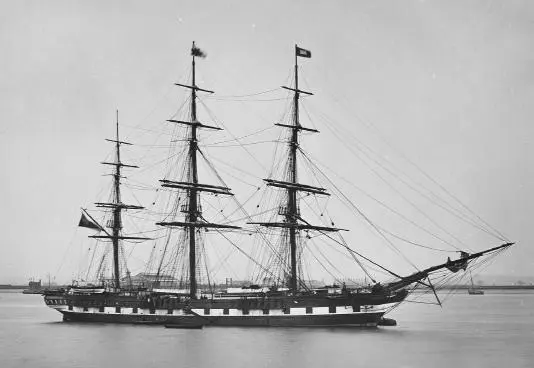
No image of the Ticonderoga herself exists, but the 1087-ton Alnwick Castle was said to be a near replica. This photograph was taken around 1869. State Library of South Australia (SLSA)
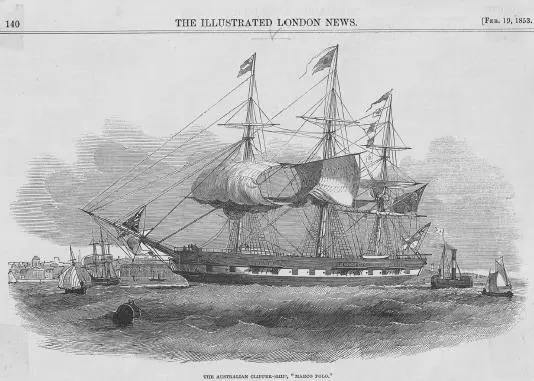
One of the giants of the clipper era, the Marco Polo —under James ‘Bully’ Forbes—stunned the world with a record passage to Melbourne of just 68 days. National Library of Australia (NLA)
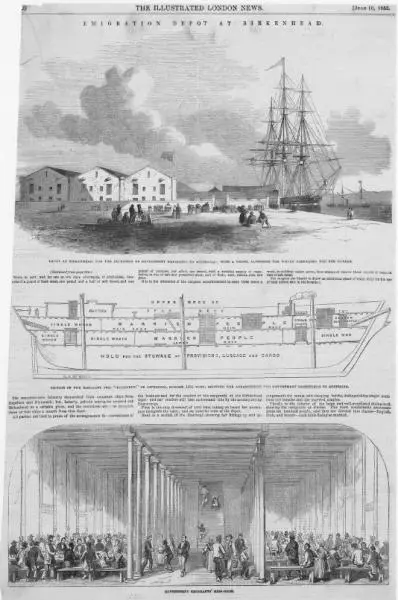
The Birkenhead Emigration depot, from where Ticonderoga ’s passengers embarked, as reported by the Illustrated London News in July 1852. NLA
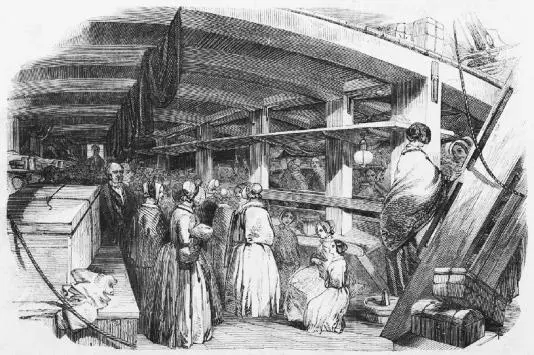
The claustrophobic interior of an emigrant vessel, as depicted in the Illustrated London News , August 1850. For women in particular, mobility was a virtual impossibility. NLA
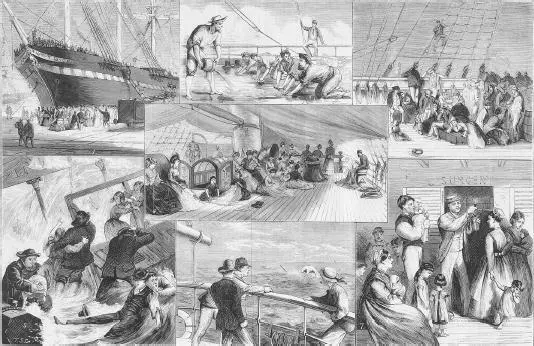
Sketches drawn on board an emigrant ship, 1875. State Library of Victoria (SLV)
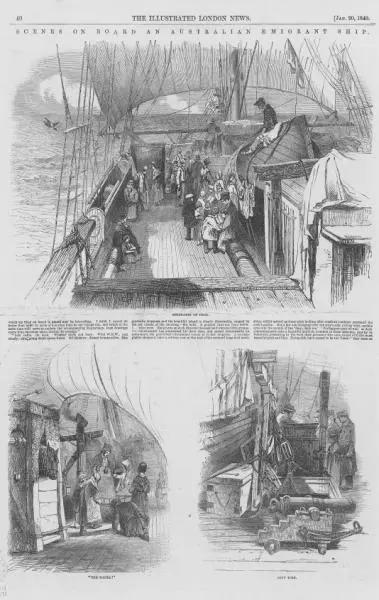
Further sketches of life on board an emigrant ship, published in the Illustrated London News , January 1849. Australian National Maritime Museum (ANMM)
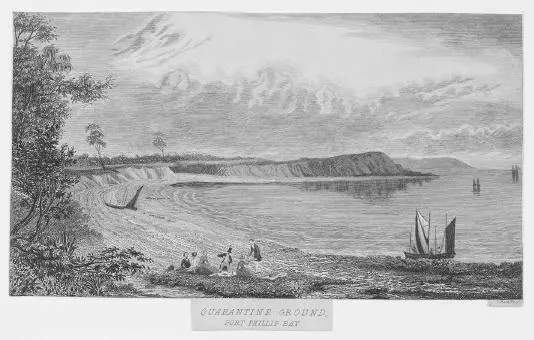
Melbourne’s first quarantine station at Red Bluff, Elwood. The gold rush city began to expand so quickly that a new one had to be established at Point Nepean. Ticonderoga was its first customer. SLV
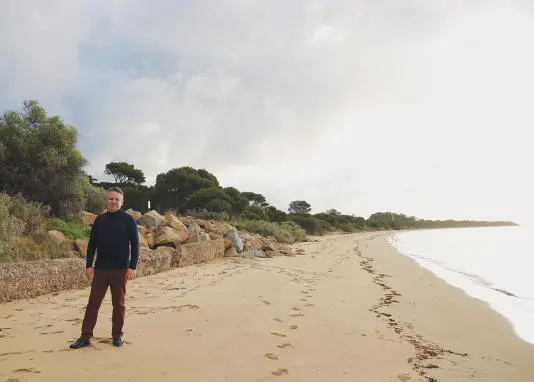
The author at the now abandoned Point Nepean quarantine station. It was onto this lonely beach that the Ticonderoga unloaded her sick and dying passengers. Author’s collection
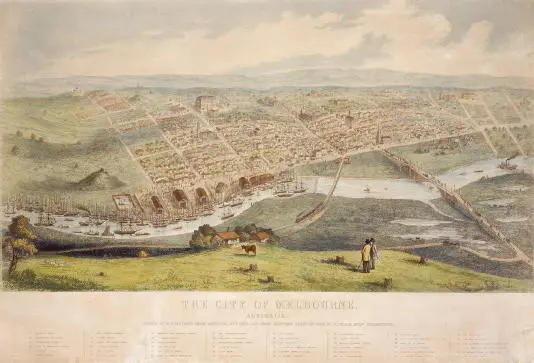
Though still young, Melbourne was already a sprawling town when Ticonderoga ’s passengers finally disembarked in December 1852. (This image was drawn in 1855 from official surveys and sketches taken in 1854.) SLV
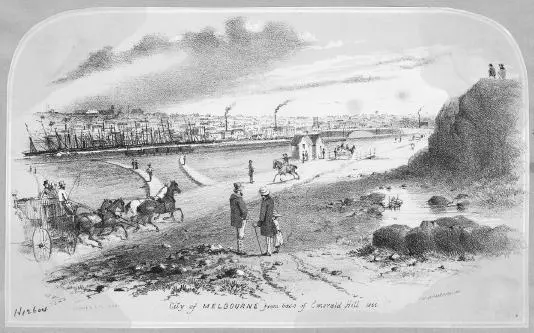
An early image of Melbourne, from Emerald Hill, 1855. SLV
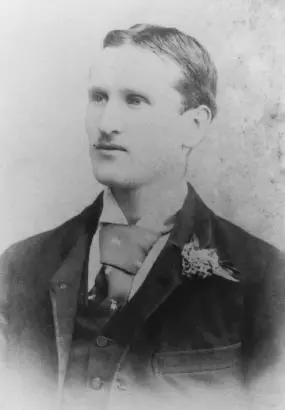
Henry Veitch, the youngest child of James William Henry and Anne, who lived until 1962. Author’s collection
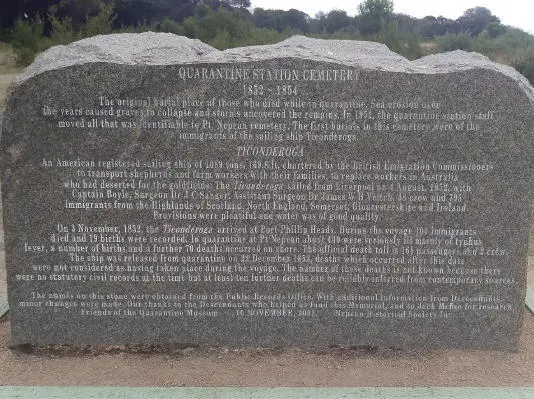
Quarantine Station Cemetery’s memorial plaque to the Ticonderoga and the 170 of her passengers who would never complete the journey from Birkenhead. ReadThePlaque.com, a project of 99% Invisible
Читать дальше
